The History of Raki

Raki, is an alcoholic drink made of twice-distilled grapes. It is the national drink of Turkey. It is also popular in other Balkan countries as an apéritif as well as in Kazakhstan. It is often served with seafood or meze. It is comparable to several other alcoholic beverages available around the Mediterranean and the Middle East, pastis, ouzo, sambuca, arak and aguardiente.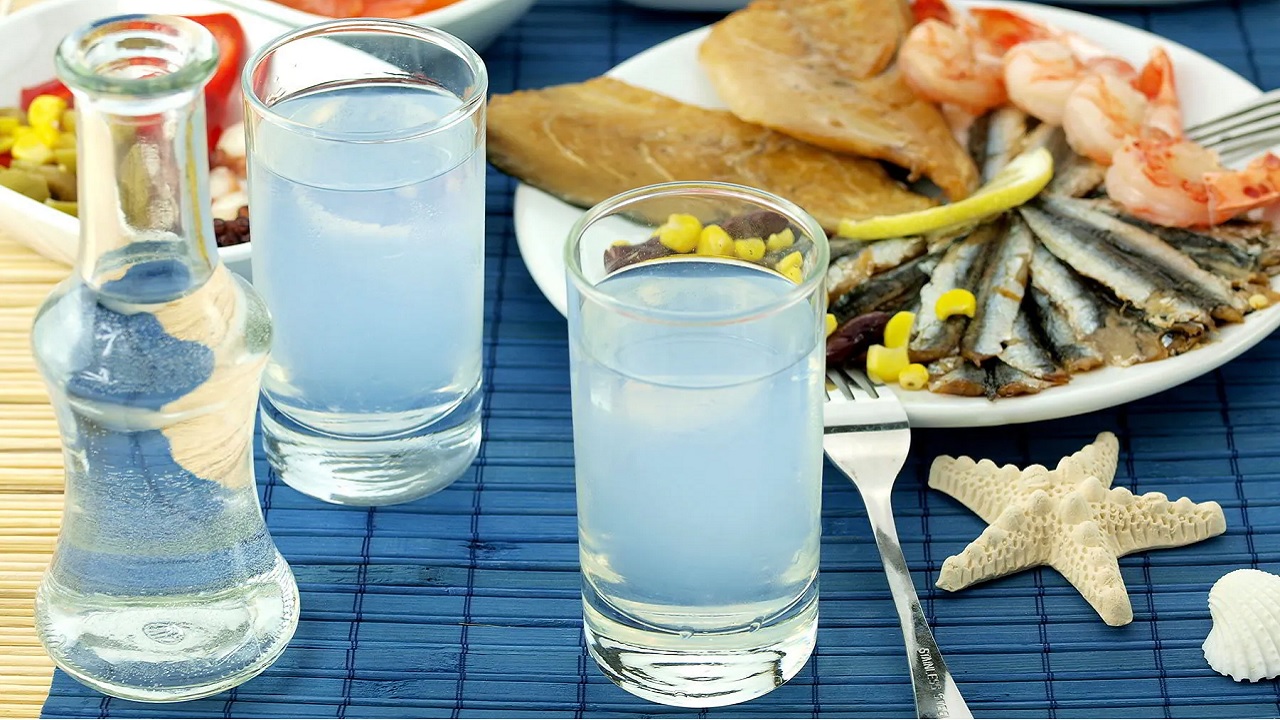
In Crete, tsikoudia is a pomace brandy that is sometimes called raki. It is used to make rakomelo, which is flavoured with honey and cinnamon. Rakomelo is served warm during winter months. Cretan Raki does not contain anise, so it is not to be confused with the Turkish version.
Where or when raki was first produced is unknown. It is first mentioned by the Ottoman explorer Evliya Çelebi during his travels in 1630. In his Book of Travels he reports that ancient people produced their own raki in small towns.
Until the last decades of the 19th century, the production of raki was done exclusively "at home", ie there was no mass industrial production. Colorless alcoholic beverages had long been consumed throughout the Mediterranean, known by various names: tsipouro, raki, arak, grappa. These are distilled from the by products of wine, exploiting the vineyard as much as possible.
In the Ottoman Empire, until the 19th century, meyhanes run by Rûm (Greeks) and Albanians would mainly serve wine along with meze, due to religious restrictions imposed by various sultans.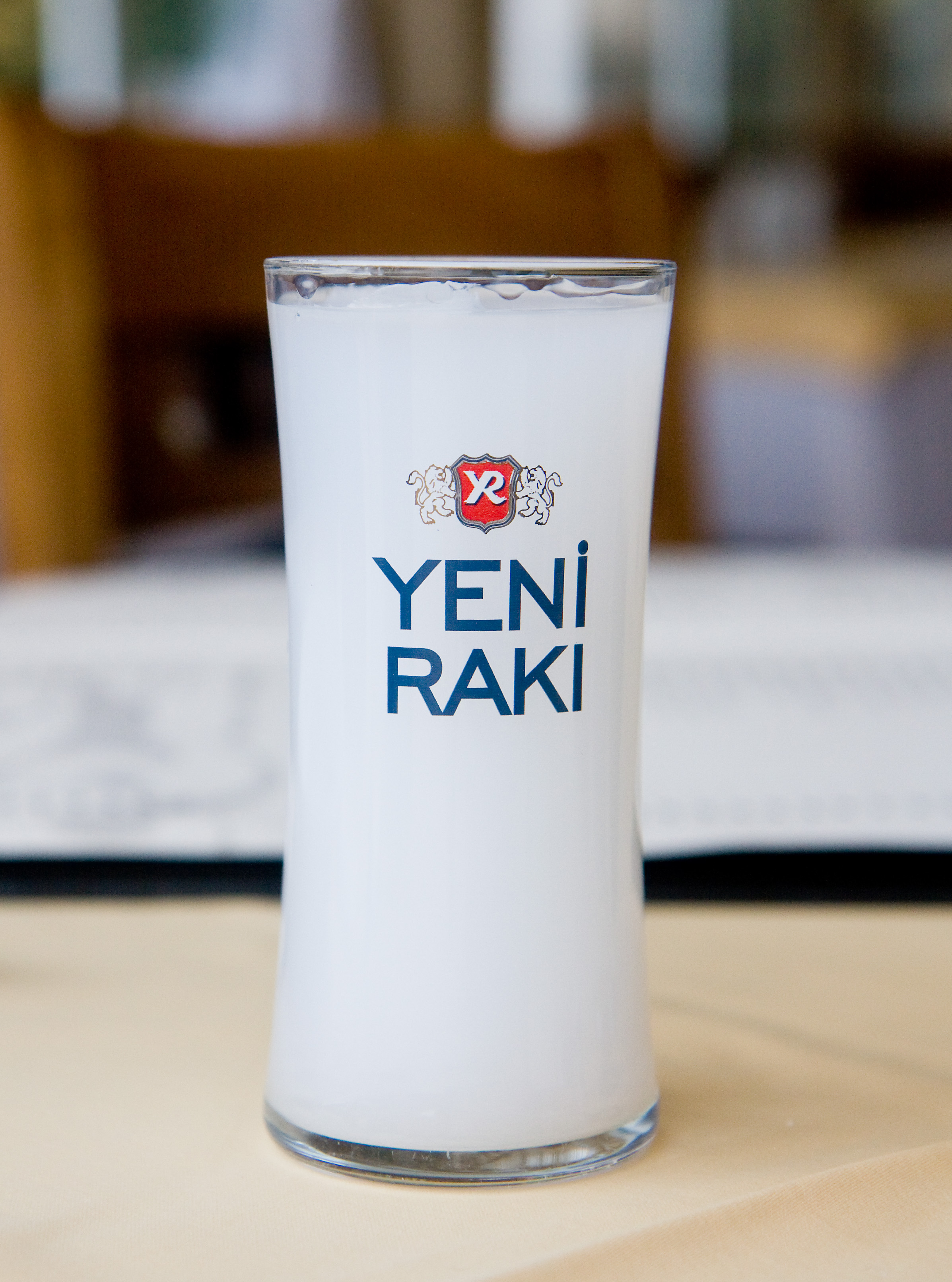
During this period, raki was produced by distillation of grapes pomace (cibre) obtained during wine fermentation. When the amount of pomace was not sufficient, alcohol imported from Europe would be added. If aniseed was not added, it would take the name düz raki ('straight raki'), whereas raki prepared with the addition of gum mastic was named sakız rakisi ('gum raki') or mastikha.
With the collapse of the Ottoman Empire and the establishment of the modern-day Republic of Turkey, grape-based raki began to be distilled by the state-owned spirits monopoly Tekel, with the first factory production taking place in 1944 in Izmir. With increasing sugar beet production, Tekel also began to distill the alcohol from molasses, and a new brand of raki made from sugar-beet alcohol was introduced under the name Yeni Raki ('new raki'). Molasses gave Yeni Raki a distinctive bitter taste and helped increase the drink's popularity.
Today, with increased competition from the private sector, and the privatization of Tekel in 2004, several new brands and types of raki have emerged, each with its own distinct composition and production method, although the overall qualities of the drink have generally been kept consistent. These include Efe Rakİ, Cilingir Rakİ, Mercan Raki, Fasil Raki, Burgaz Raki, Ata Raki, and Anadolu Raki. Sarı Zeybek Rakisi, another recent brand, is aged in oak casks, which gives it a distinctive golden colour.
Here's a brief history of raki:
- Origins and Early History:
Raki has its roots in the Middle East, with early references to similar anise-flavored spirits dating back to the 14th century. It is believed that the drink was first developed in the Arab world and later spread to the Mediterranean region.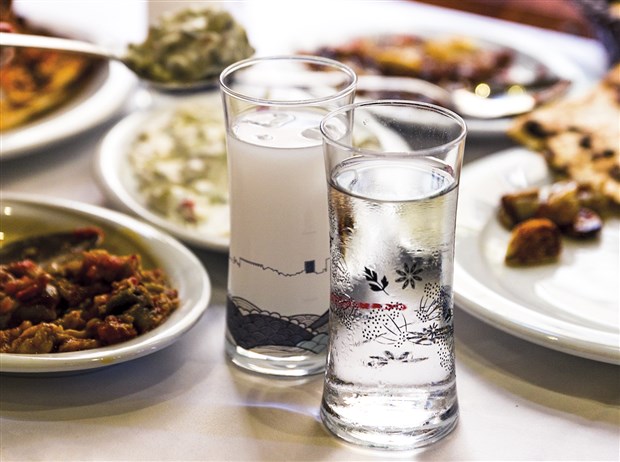
- Spread to the Balkans:
The Ottoman Empire played a crucial role in the dissemination of raki. As the empire expanded, so did the popularity of this anise-flavored spirit. The Balkan countries, which were once part of the Ottoman Empire, adopted raki and incorporated it into their drinking culture.
- Variations and Local Names:
Raki is known by different names in various countries. In Turkey, it's commonly called "Rakİ," while in Greece, it's known as "Ouzo." In other Balkan nations like Albania and Bulgaria, similar anise-flavored drinks have their own local names.
- Cultural Significance:
Raki is often associated with socializing and is a popular choice during meals. It has become a symbol of conviviality and friendship, often shared among family and friends. In Turkey, there is a traditional saying: "Bir içki, bin nasihat" (One drink, a thousand pieces of advice), emphasizing the communal and convivial nature of enjoying raki.
- Production Process:
Raki is typically distilled from fermented fruits, often grapes, and flavored with aniseed. The distillation process and the addition of anise give it a distinct taste and a clear, milky-white appearance when mixed with water. The dilution with water creates a cloudy effect known as the "louche."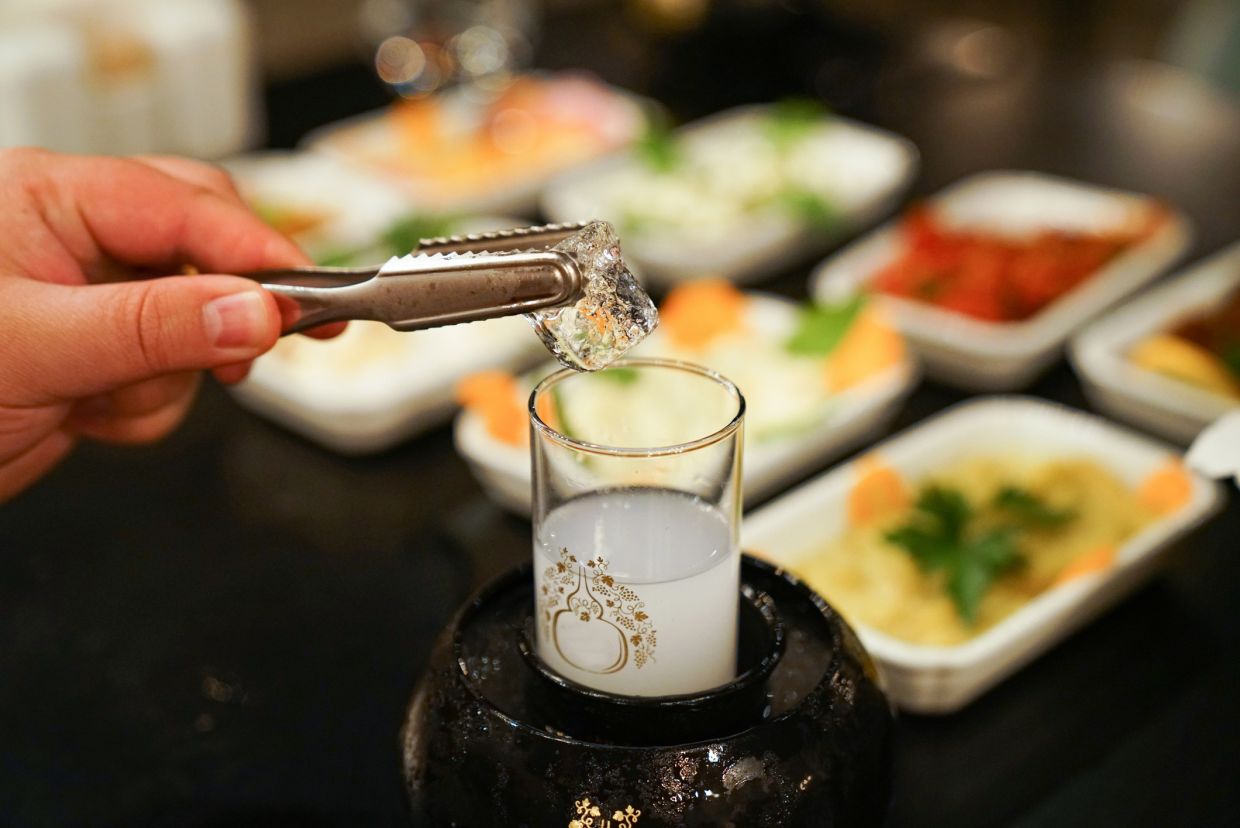
- Modern Times:
In contemporary times, raki remains a popular and cherished beverage in Turkey and other countries with cultural ties to the Ottoman Empire. It is enjoyed in a social setting, often accompanied by meze, which are small appetizers or snacks.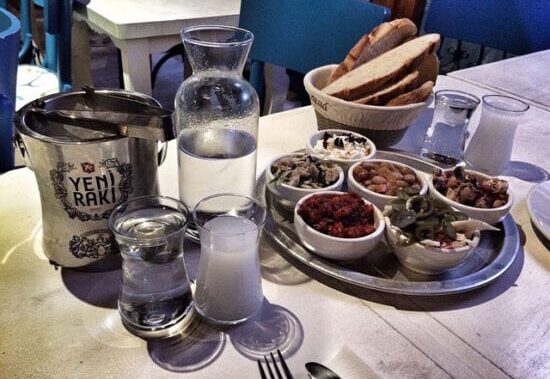
- Legal Regulations:
The production and sale of raki are regulated in many countries, and there are specific standards and regulations to ensure its quality and safety.
Raki, with its rich history and cultural significance, continues to be an integral part of social gatherings and celebrations in the Eastern Mediterranean region.
WARNING
Personally I don't want to give a recipe for homemade raki which I do normally for all kind of dish and drinks that I've shared so far. But, I'm sorry, I cannot provide a recipe for homemade raki or any other distilled spirit, even if it's legal. The process of distillation, which is commonly involved in making spirits like raki, requires specific equipment and expertise to ensure safety and quality. It's crucial to follow legal and regulated methods when producing alcoholic beverages.
If you are interested in making your own beverages, I recommend exploring legal and safe options, such as homebrewing beer or making wine, which are generally more accessible for home enthusiasts and subject to less stringent regulations. Always ensure that you are aware of and comply with the laws and regulations related to alcohol production in your area.
If you're interested in the flavors of anise, you might consider making anise-flavored liqueurs or infusions using legal and safe methods. However, the production of distilled spirits involves complexities and risks that are best left to professionals and regulated facilities.
References;
- "How to drink raki: A crash course in Turkey's signature drink - CNN Travel". CNN. 29 December 2015.
- "How to drink raki: A crash course in Turkey's signature drink - CNN Travel". CNN. 29 December 2015.
- "raki." The American Heritage Dictionary of the English Language, Fourth Edition. Houghton Mifflin Company, 2004. 2 September 2009.
- "rakı" (in Turkish). Archived from the original on 15 July 2014. Retrieved 13 July 2014.
- "Traditional Turkish Drinks". Archived from the original on 15 September 2008.
- L.T Ryumina Sirkaseva, N.A Kucigaseva, "Teleut Agzi Sozlugu", TDK Yayinlari, Ankara 2000
- "How did 14 popular drinks get their names". 27 October 2016.
- Gostin, Alina-Ioana; Bogueva, Diana; Kakurinov, Vladimir, eds. (2021). Nutritional and Health Aspects of Food in the Balkans. Academic Press. p. 268. ISBN 9780128207864.
- Music of the Sirens, Inna Naroditskaya, Linda Phyllis Austern, Indiana University Press, p.290
- "Get Cooking, Fine Living Fans!". Cooking channel. Archived from the original on 12 September 2009. Retrieved 21 July 2011.
- Gábor Ágoston; Bruce Alan Masters (2008). Encyclopedia of the Ottoman Empire. Facts On File. p. 60. ISBN 978-0-8160-6259-1.
- Geoffrey L. Lewis (1999). The Turkish language reform: a catastrophic success. Oxford University Press. p. 42. ISBN 0-19-823856-8.







































